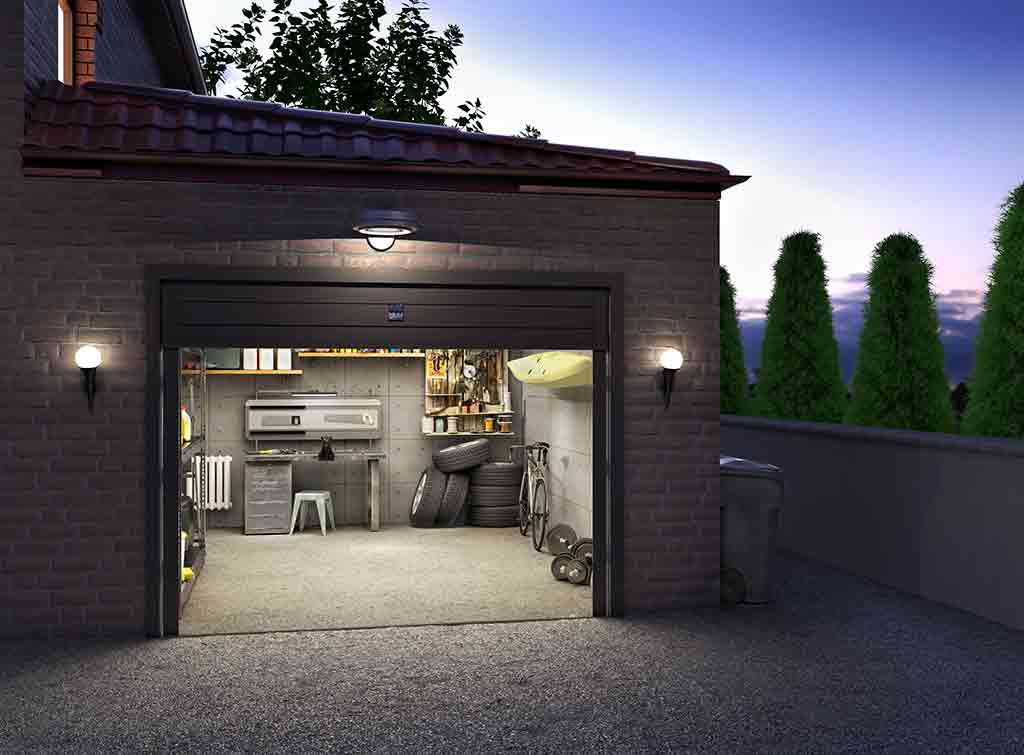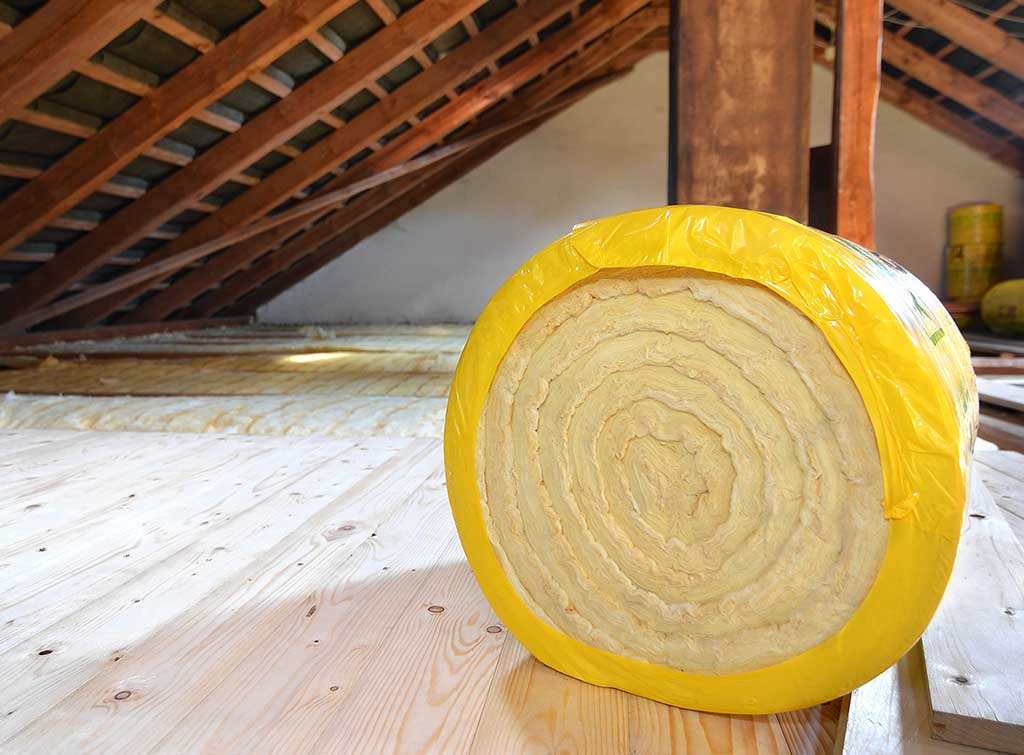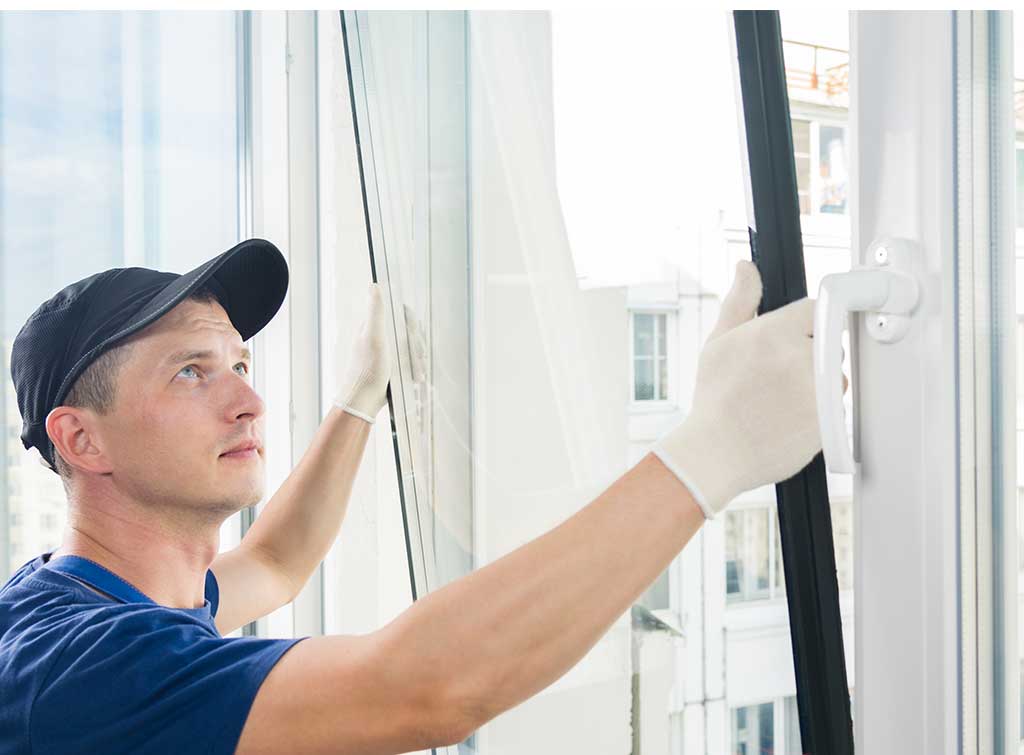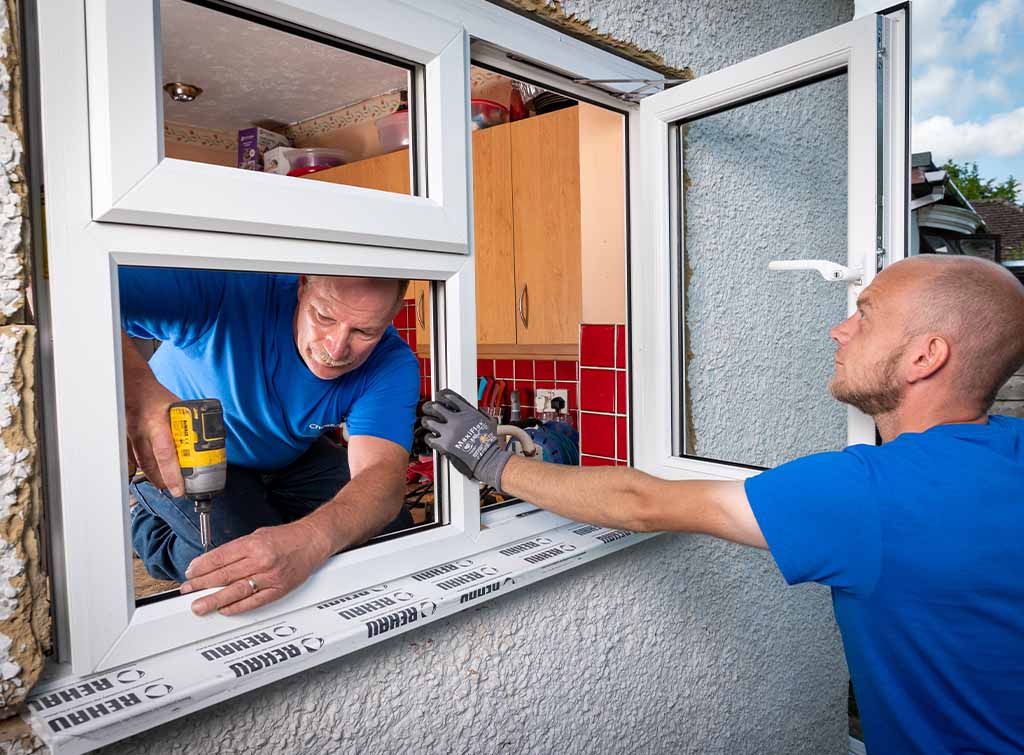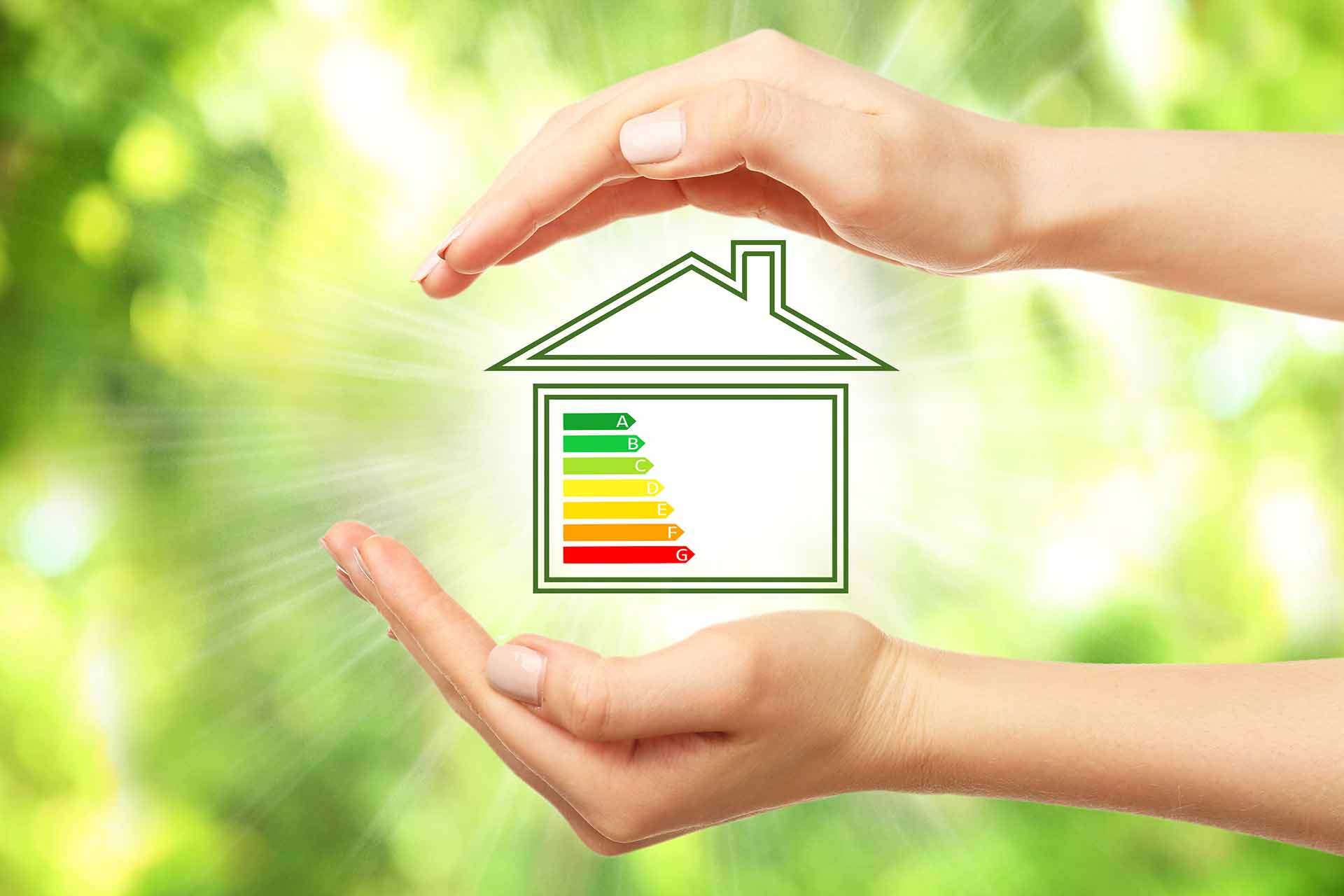Blog>Planning Guides>How to prepare your home for double glazing installation
Last updated: 9 May 2024
How to prepare your home for double glazing installation
Switching to double glazing? Great choice! Here are some steps you can take to make sure your double glazing installation goes off without a hitch.
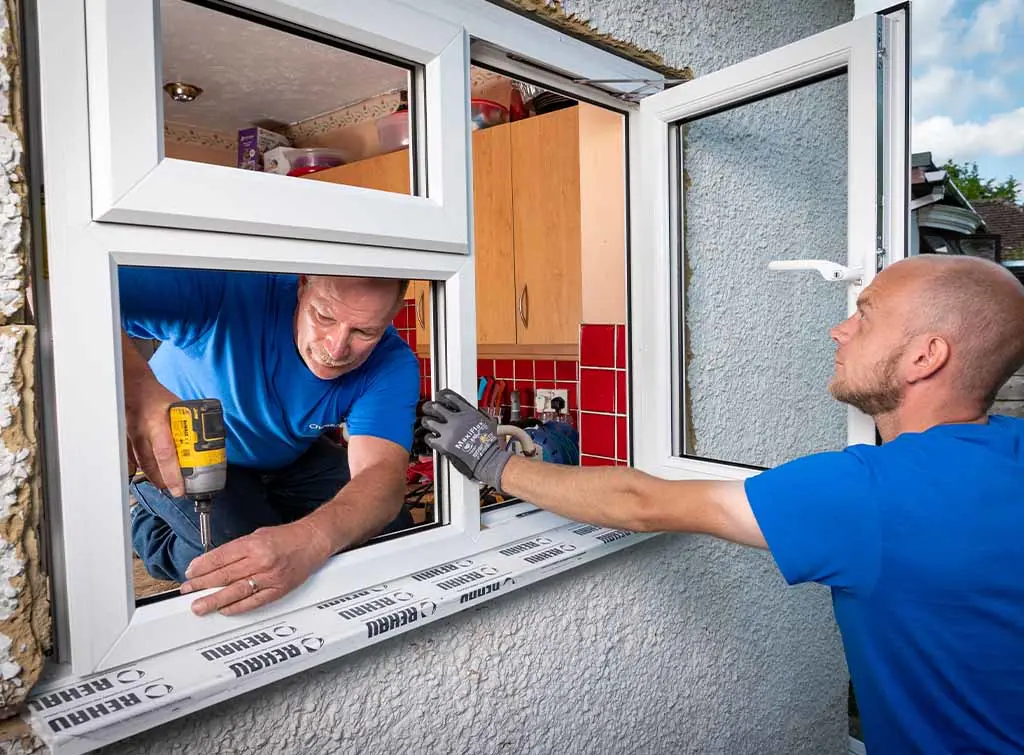
If you’ve been living with single glazing, switching to double glazing is a great shout. It can lower your energy bills, reduce draughts and even minimise noise. But how should you prepare your home for double glazing installation? Here, we’ll reveal all.
But first, if you haven’t yet compared quotes and picked your contractor for the job, what are you waiting for? Simply enter your postcode into the search box below to find quality double glazing installers near you.
See the tradespeople we've checked and recommend for your job
Picking the right windows for double glazing installation
If you've decided you want to go ahead with double glazing installation, the first thing you'll need to do is decide what kind of windows you want.
Of course, you've settled on double glazing. But double glazed windows come in a huge range of styles, materials, and colours.
Here's the lowdown.
1. Double glazed window styles
You can buy double glazed windows in all sorts of different styles.
You might be overwhelmed at first looking at all the options. But the key is to choose a style that suits the age and aesthetic of your house.
This will help you to create an authentic look - especially if you're replacing windows or adding new ones to a period property. In fact, if your home is a listed building, it will be crucial!
The main styles homeowners typically choose from include:
Each comes with its own pros and cons - you can read more about these in our guide to the different types of windows.
But bear in mind that you don't necessarily need to opt for the same windows throughout your property. Instead, you can choose to mix window styles.
This can be effective at creating contrast. For instance, you might choose to add modern-looking windows to a new extension, while opting for more traditional sash or casement windows elsewhere.
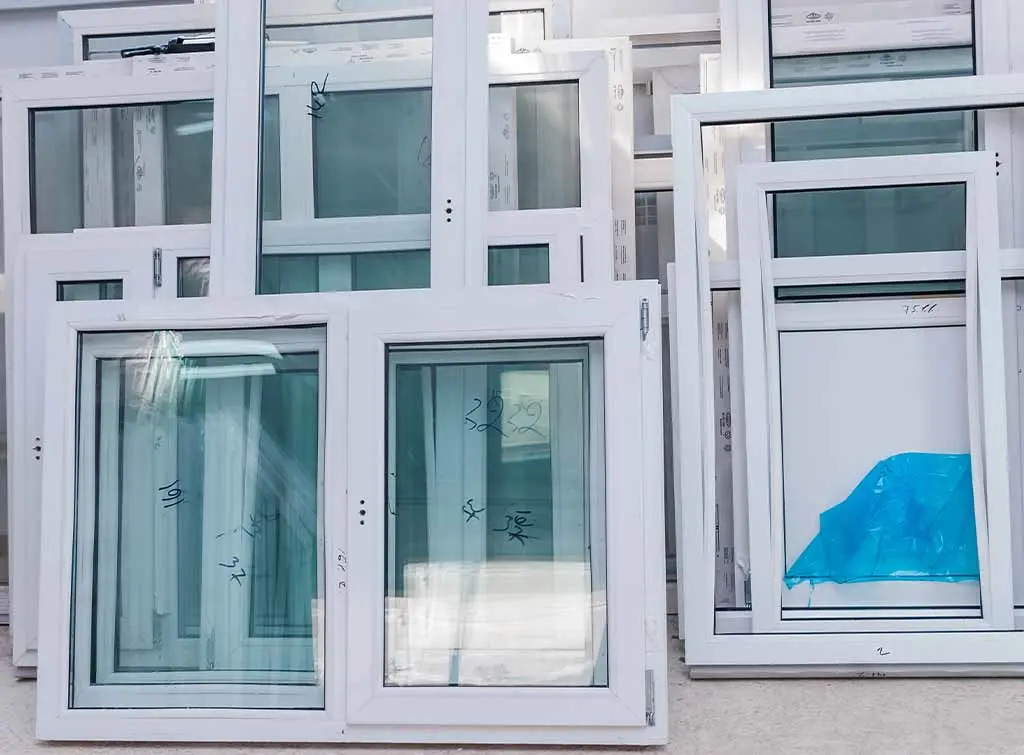
2. Double glazed window materials
You'll also need to decide on a material for your window frames.
When making your choice, it's important to consider factors such as durability, maintenance, and budget.
There are several different options to choose from - here are the main ones.
uPVC window frames
uPVC window frames are cost-effective, don't require much maintenance, and are energy efficient.
This makes them a popular option for homeowners.
Timber window frames
Timber window frames are more traditional, which makes them fitting for an older property.
They can also be painted a colour of your choice, to match your home's aesthetic. However, they do require more maintenance!
Aluminium window frames
Aluminium window frames are growing in popularity with UK homeowners. Not only are they durable and virtually maintenance-free, but they can also be found in super slim frame widths.
Another benefit is that they can be customised with a range of colours and finishes.
Composite window frames
Composite window frames combine two materials to obtain hybrid properties.
The benefits can vary depending on which materials are used. However, usually they consist of an aluminium-clad timber frame or an aluminium-clad uPVC frame.
3. Colours
Even when you've chosen your window style and material, you'll still have choices to make. But this is the fun part!
You'll need to decide what colour you'd like your window frames to be.
Most window frame materials can be customised with a range of colours. For instance, timber window frames can be painted. Meanwhile, uPVC windows can be ordered in a variety of colours - including black or grey.
As a general rule, coloured, black, and grey uPVC windows will cost around 10% – 20% more than regular white window frames. You can expect to pay more still if the colour you choose is less popular, or if you also want a wood grain effect.
However, the extra cost could be worth it as the colour of your windows can hugely impact the overall look and feel of your property.
For instance, sage green window frames could give your property a quaint, cottage feel. Meanwhile, black window frames are great for adding a modern or industrial edge.
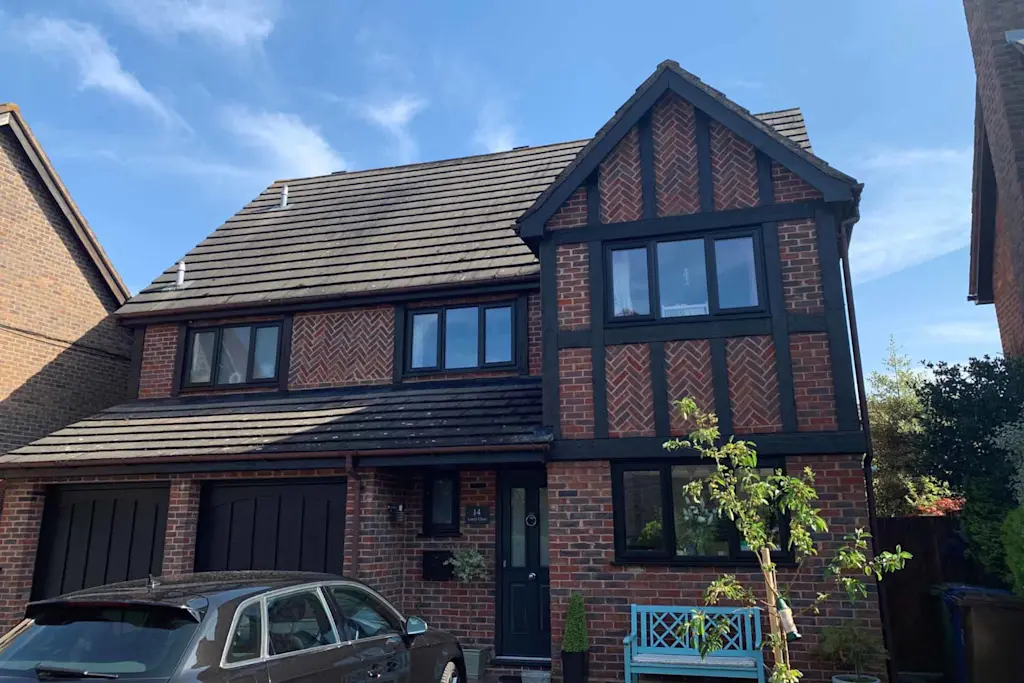
4. Energy ratings
Last, but not least, pay attention to Window Energy Ratings (WER).
The last thing you want is to be cold in your own home, wishing you'd picked a window with a higher energy rating!
All windows manufactured in the UK receive an energy rating, which runs from E (the least energy efficient) to A++ (the most efficient). These ratings look at the window's heat retention capacity together with the rate at which interior heat escapes from the window.
Current building regulations state that all replacement windows and windows installed in new-build homes have to achieve a WER rating of C or better.
However, some window styles and materials will offer better energy efficiency than others.
Casement windows are amongst the most efficient styles, with most achieving an A+ rating. Meanwhile, uPVC and timber are typically the most energy-efficient materials for window frames.
If you really want to benefit from lower energy bills, you could even upgrade from double glazing to triple glazing!
Head over to our guide on the most energy efficient doors and windows to learn more.

On Checkatrade, you'll only find trades who meet our high standards and pass up to 12 checks.
How much should you expect to pay for double glazing?
You can expect to spend anywhere from around£500to£1,250 for the supply and installation of a double glazed casement window in the UK.
The cost of double glazing varies based on lots of different factors. These include:
The type of glass
Where the windows are located
The energy efficiency rating
The type of window
Your location
We always recommend getting at least three quotes for double glazing installation. That way, you can get a feel for a range of contractors and make sure you’re getting a fair and competitive price for the work.
See the tradespeople we've checked and recommend for your job
What to do before fitting double glazing
Once you've decided on your new windows and you've hired a contractor, it's time to prepare your home for double glazing installation!
Of course, it’s not your job to fit double glazing. Rather, you’ll be able to sit back and relax while your trusted tradesperson does all the hard work for you.
But you want the job to be completed cleanly, efficiently, and on time. And so does your contractor. After all, you want to be able to get on with your life and your contractor has other customers to tend to!
Luckily, there are a few simple steps you can take to prepare your home for double glazing installation and make sure the job goes as smoothly as possible.
1. Make access easy
The easier it is for your contractor to get your new windows to the installation points, the quicker the process will be.
If you have a driveway, move your car out of the way so your contractor can park there. Or if there’s only on-road parking, use a cone to reserve a space in front of your property. That way, your contractor won’t need to carry those heavy windows far.
Move any obstacles out of the way too, such as garden furniture and plant pots. And be sure to clear wet leaves from the ground – they can be slippery!
2. Move obstacles out of the way indoors
Your contractor will need access to the outside of your home as well as the openings they’re working on from the inside.
It’s helpful to move obstacles out of the way so that your installers can easily reach where they need to. That includes things like furniture, lamps, and boxes.
Not only will this save your contractor time, but it’ll also reduce the risk of things getting damaged.
Don’t forget to clear the area around your window as well. Take down curtains and blinds, clear your window sills of ornaments, and perhaps even remove curtain poles if they’re in the way.

3. Draught-proof your home
Double glazing is a great way to improve your home's energy efficiency. But you won’t see its full potential if other areas around your home are letting in draughts.
With that in mind, it pays to draught-proof your home.
For instance, you could use a stormguard seal on external doors, fill gaps around pipework with silicone filler, and even install draught excluders for your letterbox, keyholes, and chimney flue (assuming your chimney isn’t in use!).
This way, you’ll be able to turn your heating down and enjoy those lovely new double glazed windows once they’re installed!
4. Protect your floors and furniture
Before fitting double glazing, it’s a good idea to properly cover your floors and furniture with dust sheets.
Your contractor will do their best to minimise mess, but fitting double glazing can generate a lot of dust and debris. Plus, your contractor will need to go in and out of your house regularly.
A good double glazing installer will bring their own coverings with them, but it’s handy to have some of your own sheets to hand to be safe. Plus, carrying out some of the prep work in this way will save your contractor time so they can get on with your double glazing installation without delay.
Be sure to store your curtains and blinds away from the work area too, so they don’t get mucky.
5. Stock up on snacks!
Last but not least, don’t forget to stock up on tea, coffee, and biscuits!
Of course, this isn’t a prerequisite. But your contractor will be working hard and will certainly appreciate a bit of fuel to keep them going.
Plus, it can be a great way to ensure a good relationship with your contractor, which is never a bad thing!
Key steps to get your home ready
As you can see, a few simple changes can make a big difference when it comes to double glazing installation!
Make access as easy as possible
Clear obstacles out of the way
Put down dust sheets to protect your interiors
Have a ready supply of refreshments handy
Draught-proof your home to make the most of your new double glazing
Ready to find trusted double glazing installers near you? Search your postcode to see who comes highly rated in your area.
See the tradespeople we've checked and recommend for your job
FAQs
Is double glazing fitted from inside or outside?
Double glazing is usually fitted from both the inside and outside of your house – your installer will need access to both sides of the opening.
Normally, they’ll try to work from the outside as much as possible, as this will help to minimise mess indoors. However, working from the inside is much quicker and easier, especially when it comes to high windows.
Plus, some jobs – like fixing points and sealing – can only be done from the inside.
Can I install double glazing myself?
If you’re experienced at DIY, you may technically be able to install double glazing yourself.
However, you’ll need to apply for approval from your local council’s building control before starting. The work will then also need to be checked and signed off once it’s completed, to make sure it meets the right standards.
On the other hand, you won’t need to worry about any of this if you hire a FENSA-registered installer as they can self-certify their work.
They’ll also be able to ensure your double glazing is installed to a professional standard. And they’ll usually be able to offer you an insurance-backed guarantee too.
More Planning Guides
More Double Glazing Installation Articles
See the tradespeople we've checked and recommend for your job

